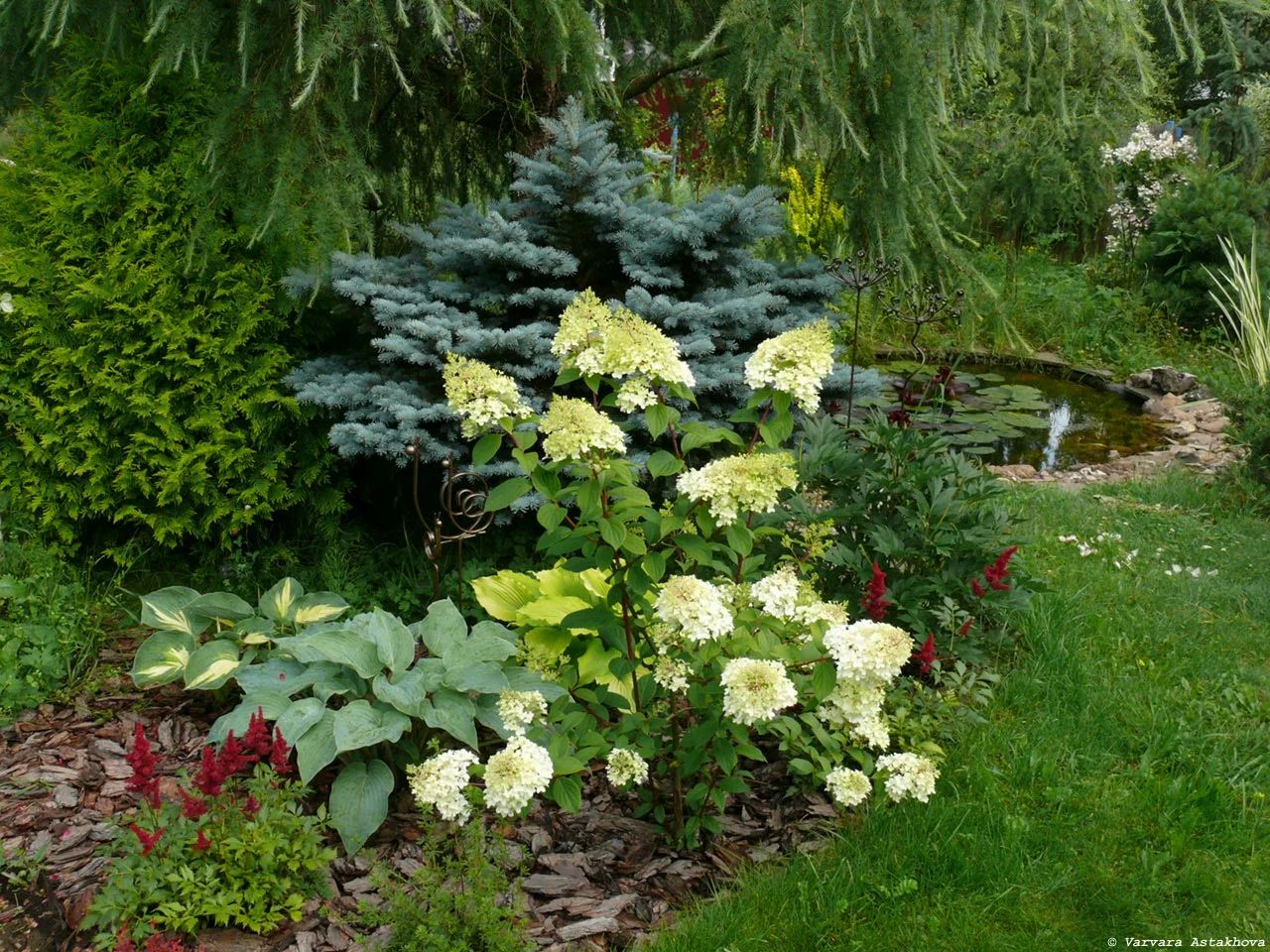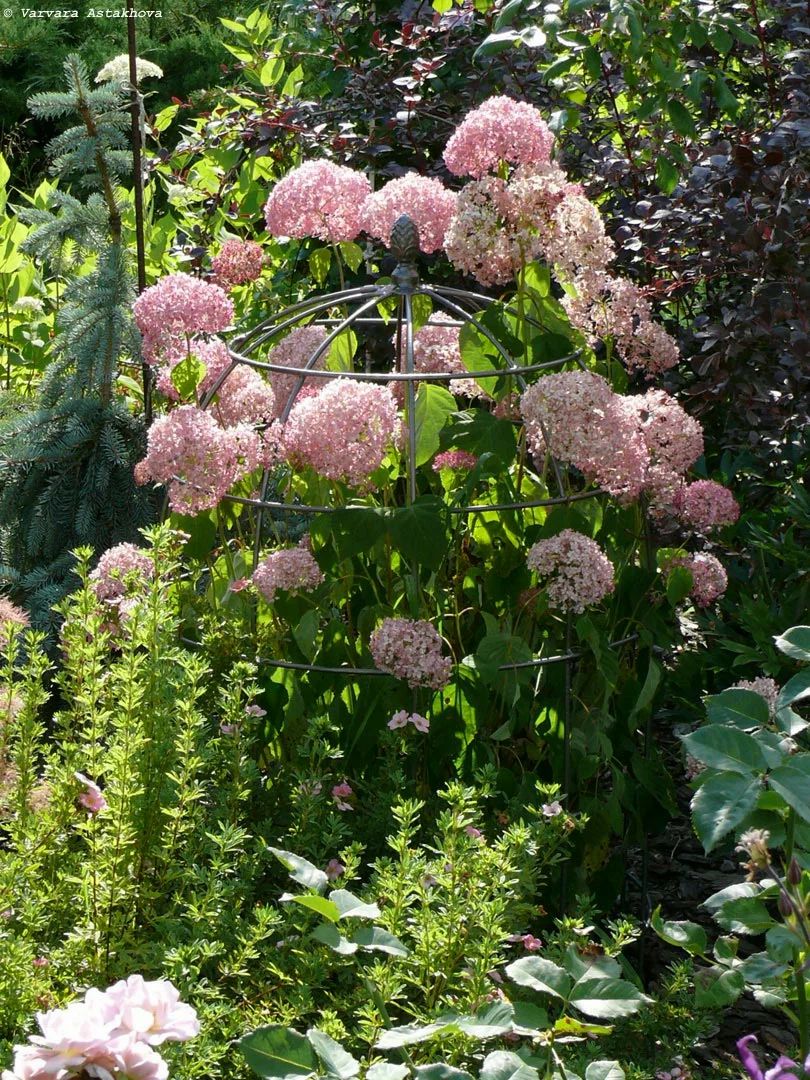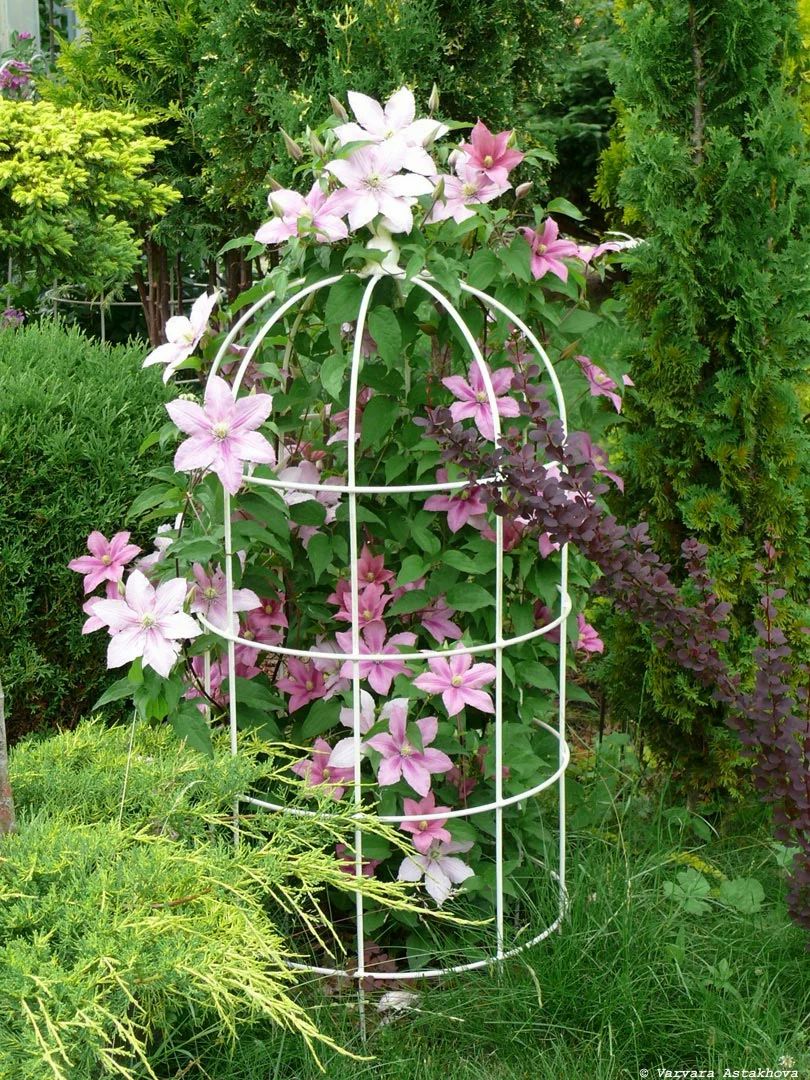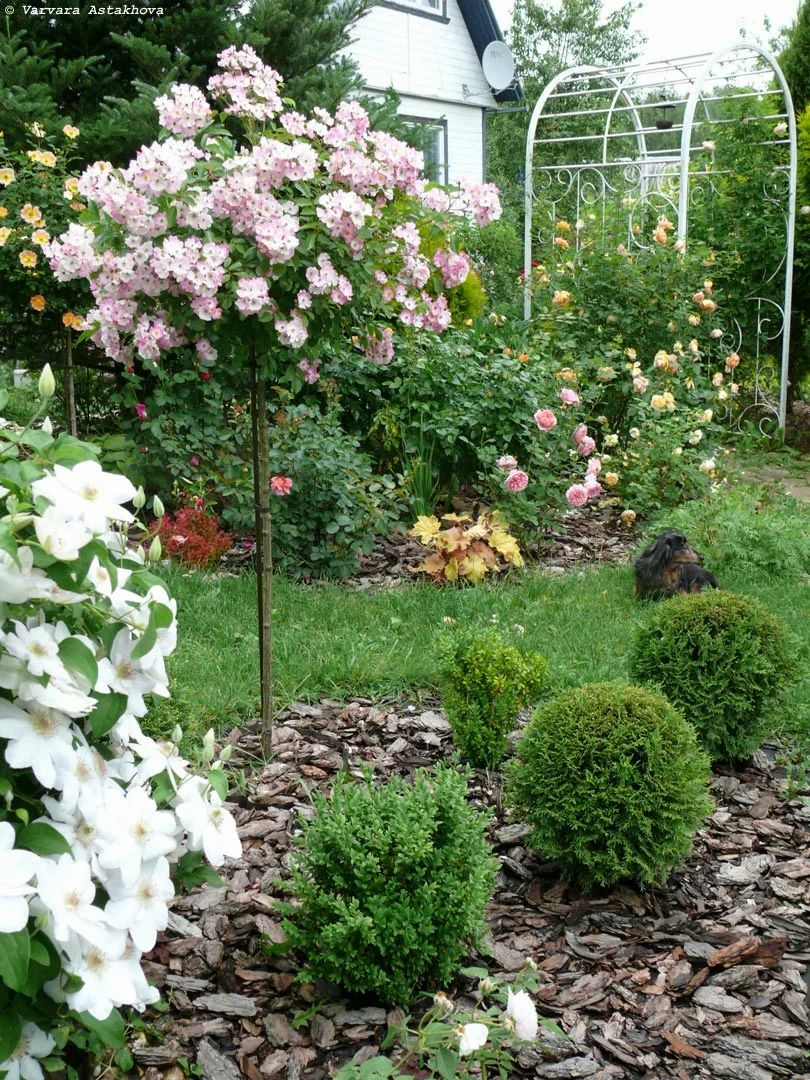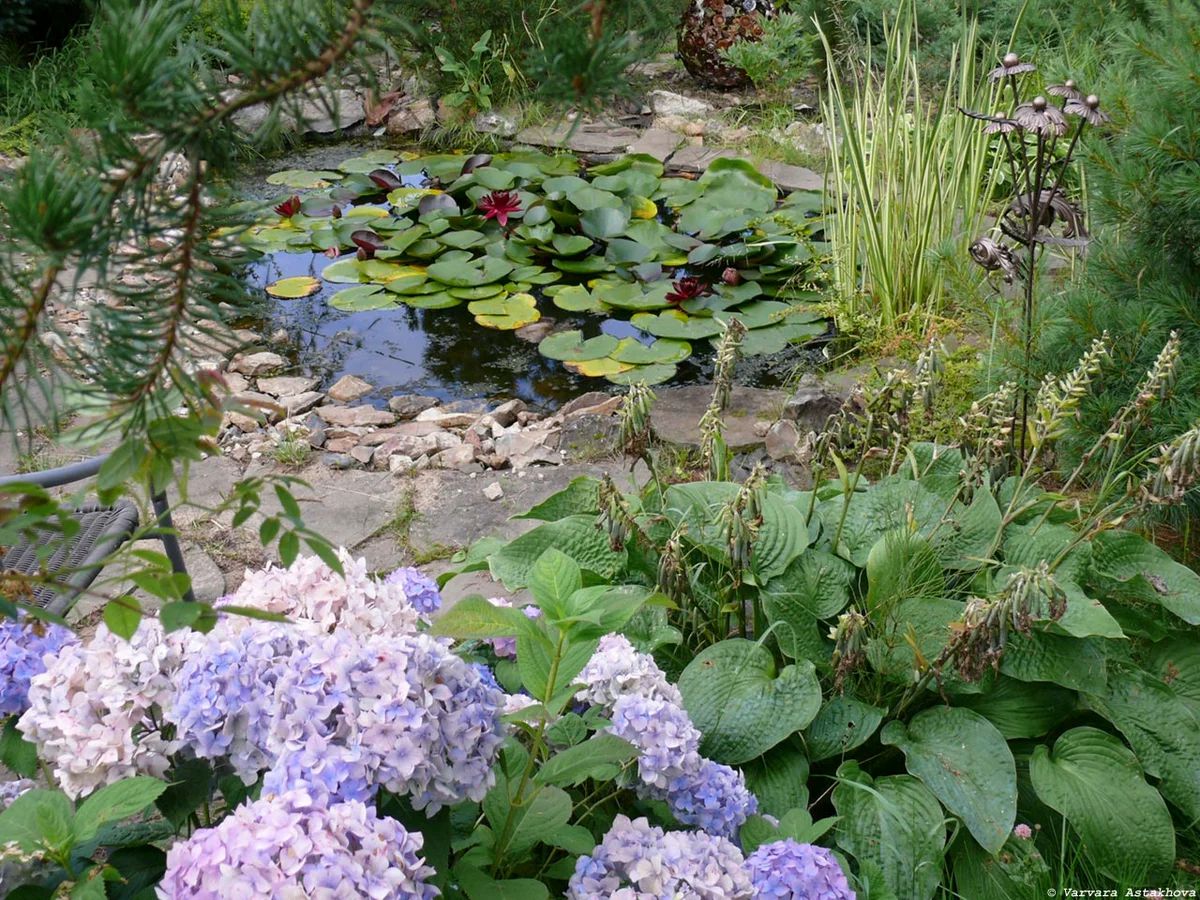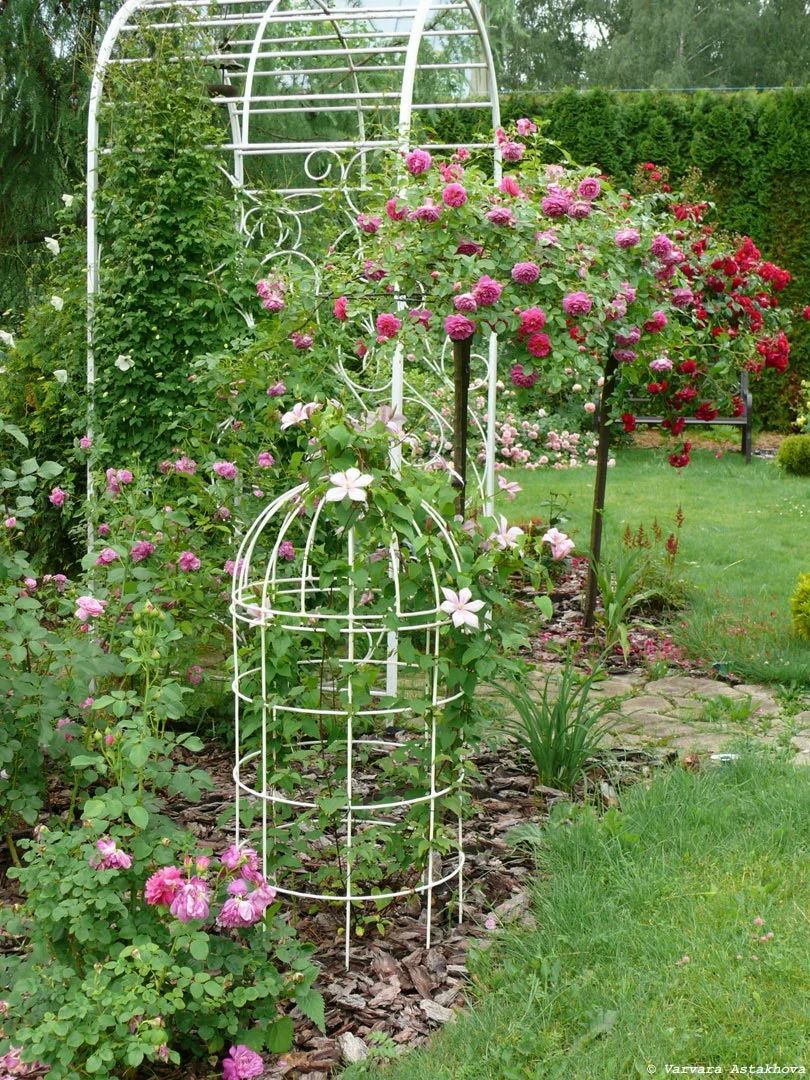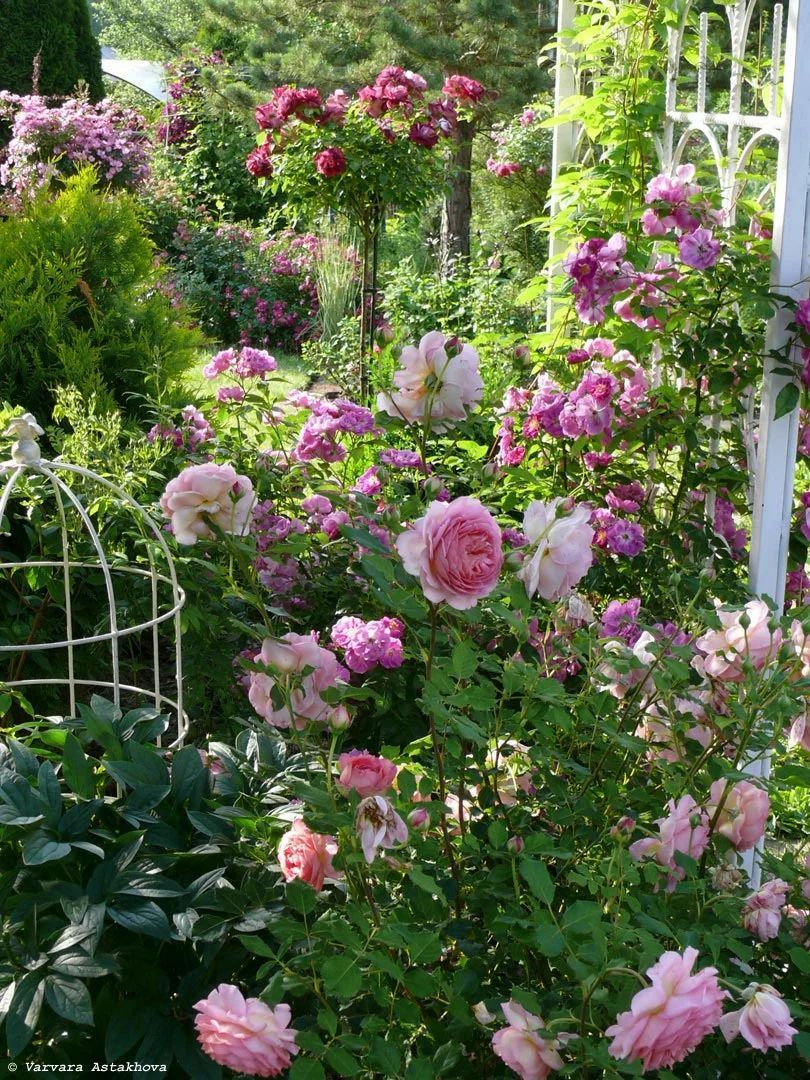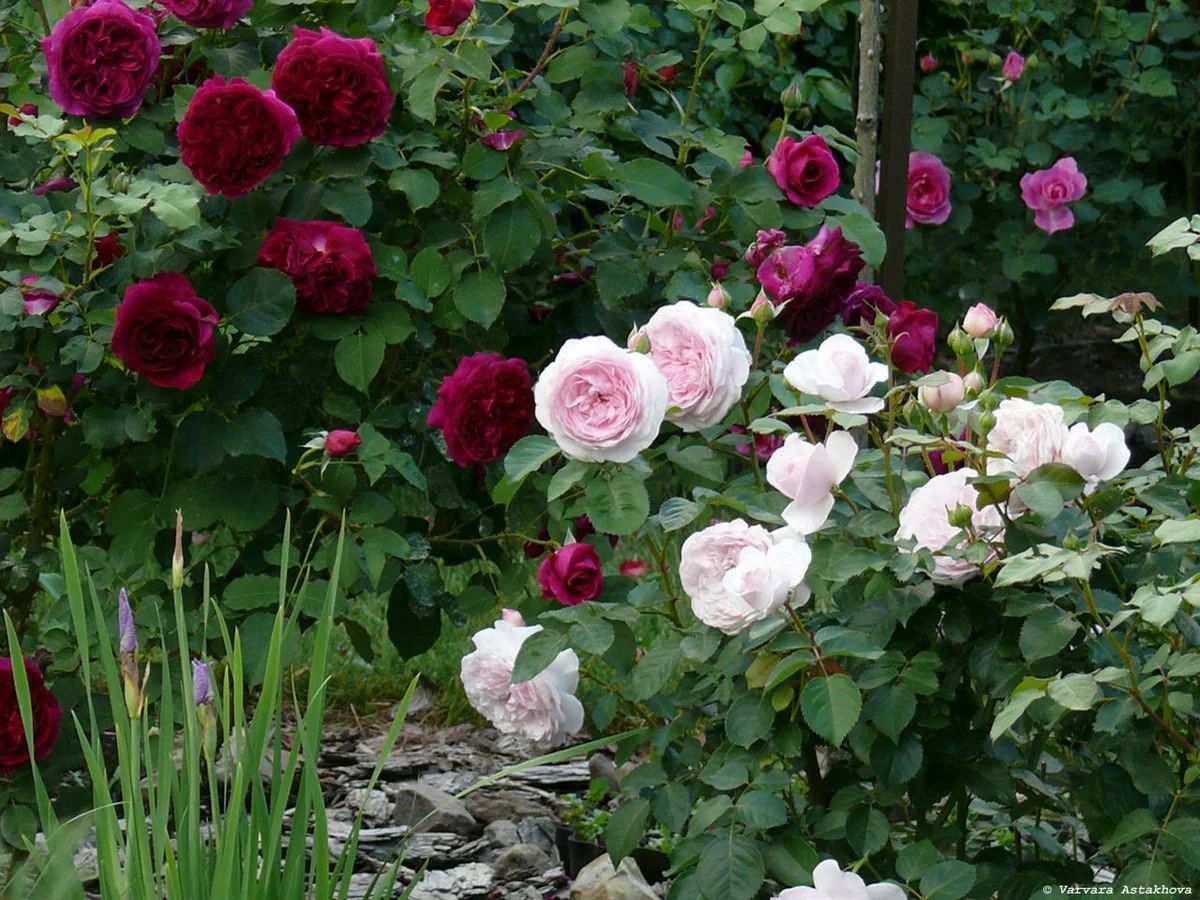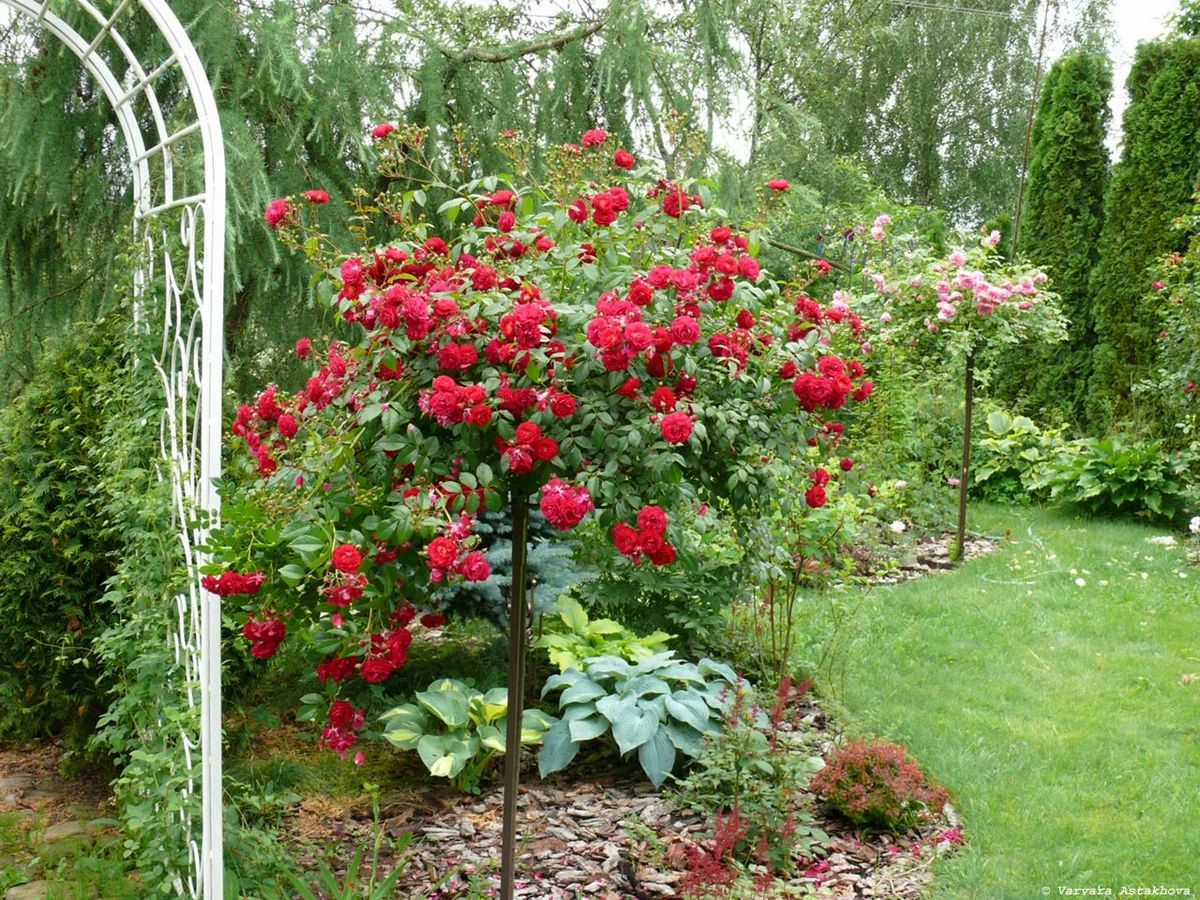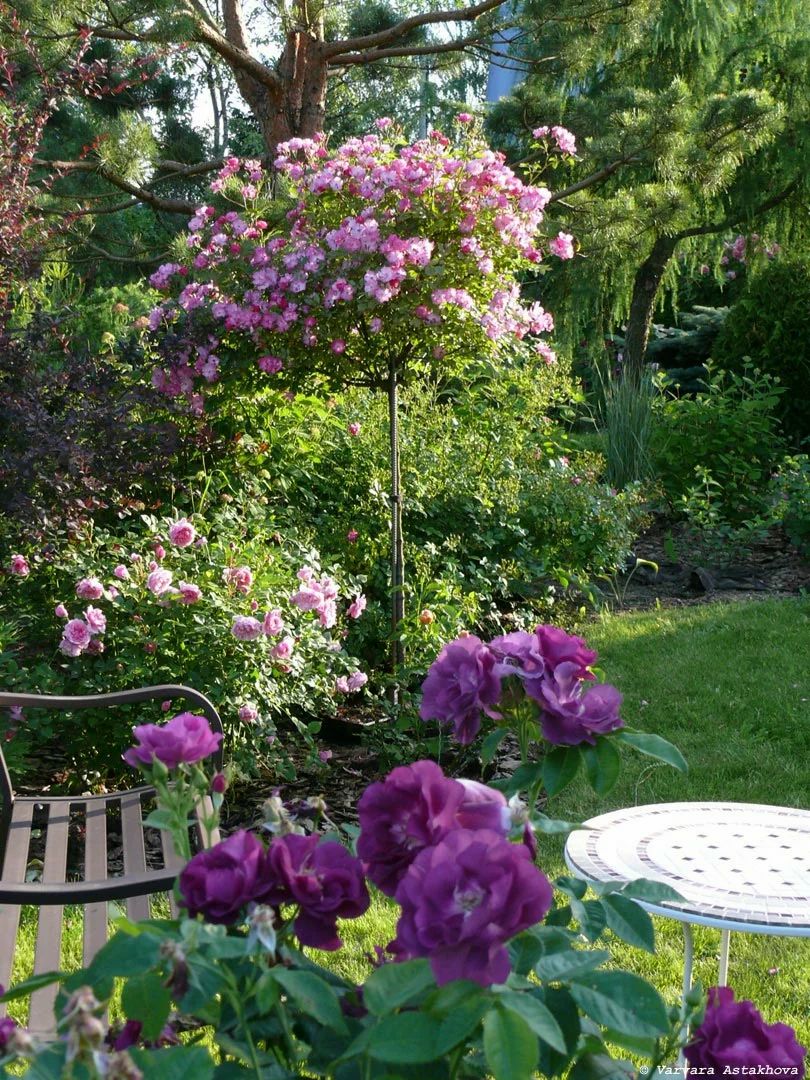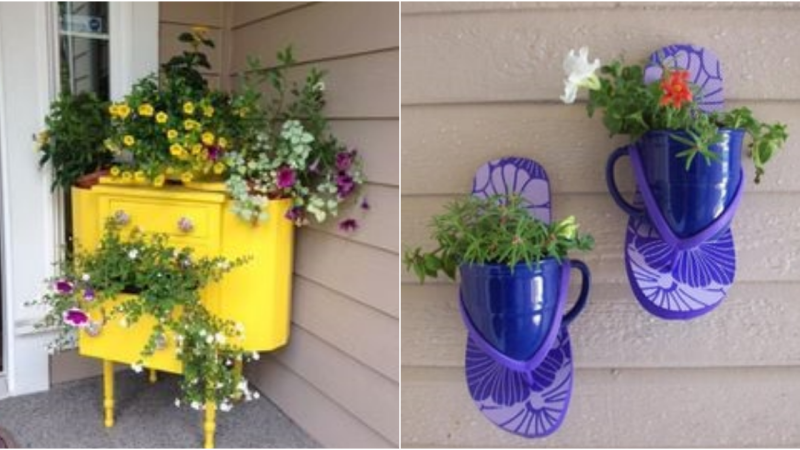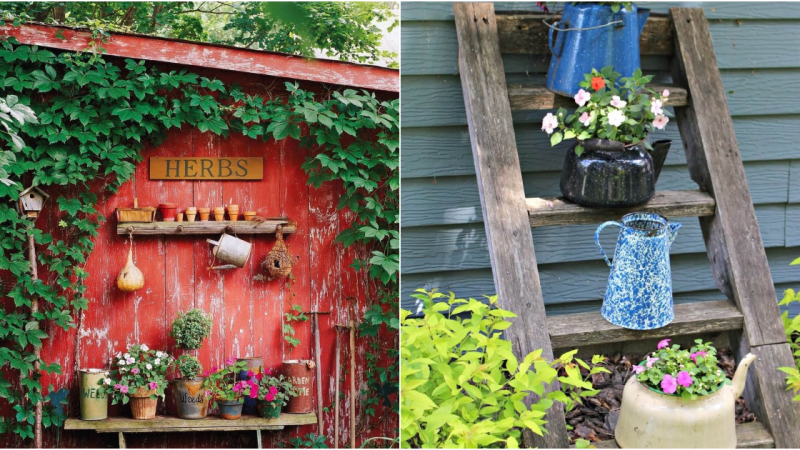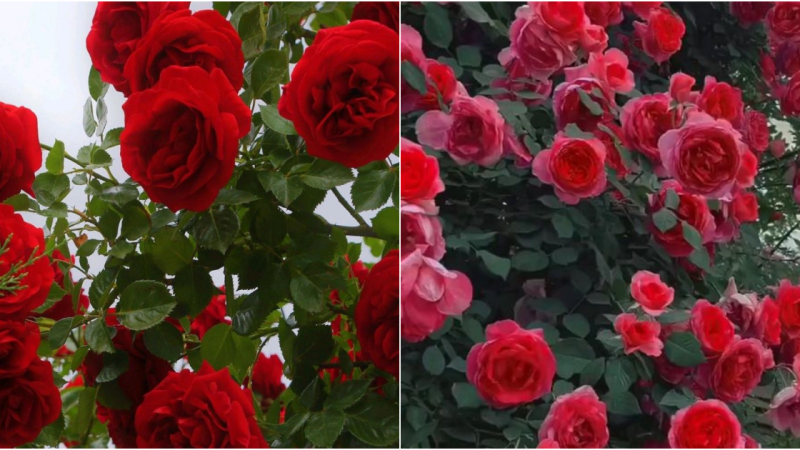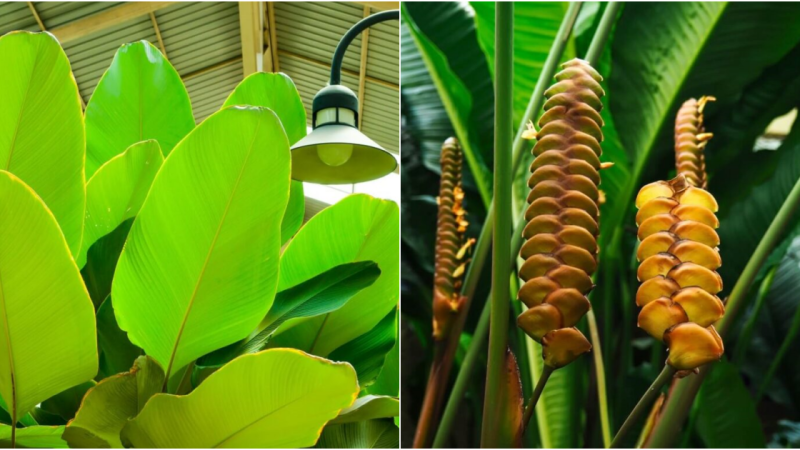The Wonderful Garden of Varvara and Alexey Astakhov in the Tula Region
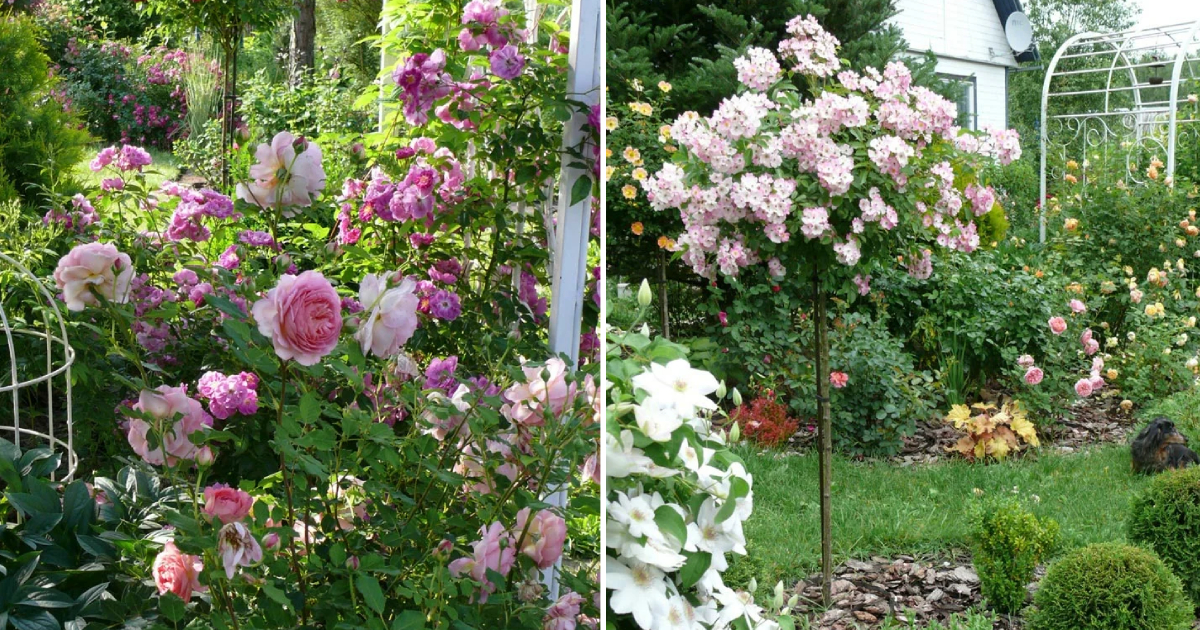
I have been admiring the beautiful garden of the Astakhov couple for several years now, ever since Varvara wrote a series of articles for the “Sadovnik” magazine about making various metal decorations for the garden with one’s own hands.
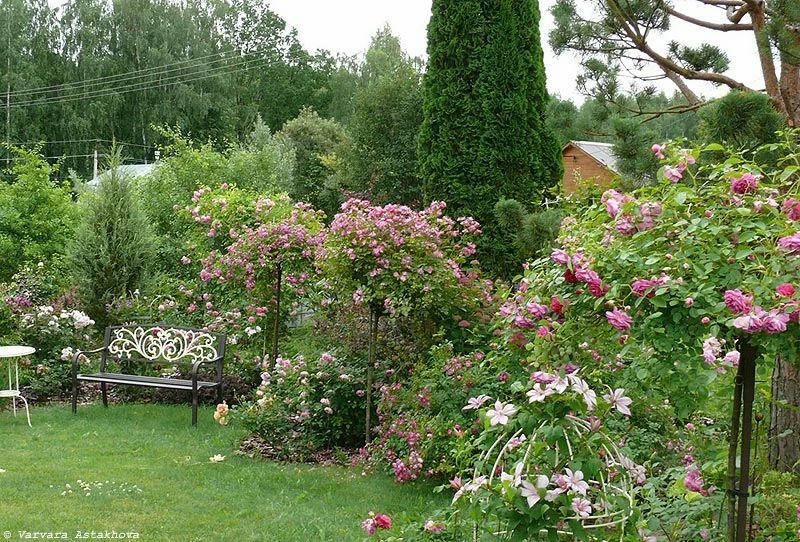
“In order for a child to have a place to play and breathe, we need to buy a plot of land,” my mother said in 1995, when our son was two years old. And so began our story titled “The Garden of Professional Enthusiasts, or Lazy Indifferent Gardeners.” After extensive searching, we found a plot of land 130 km away from Moscow, in the Tula region, surrounded by forests on three sides. Ten acres in a new suburban cooperative – what more could we ask for?
What did we know about the soil back then? A few shovelfuls – a fertile layer of topsoil, loam, and below that, clay with podzol. “Well, that’s excellent! Add some manure, and you’ll have fantastic soil for all your crops. The plants will thank you,” our neighbor taught us. Tool shed, vegetable garden, fruit orchard… It took several years to realize that nobody eats the apples, plums, and currants; the caterpillars devour the colored cabbage, and tomatoes grow perfectly fine at the market. Meanwhile, in the purchased magazines “Landscape Design” and “My Beautiful Garden,” they showcase gardens with living hedges, lawns, roses, and decorative shrubs…
That’s the beauty I wanted to see in my own dacha. Luckily, my friend worked at the Institute of Horticulture and Nursery. She introduced me to many plants – first fruit-bearing ones, and then decorative ones. And thus began our decorative garden, with almost no vegetable garden and almost no fruit trees.
“Your garden doesn’t look like our Russian gardens; it’s somewhat European,” the same neighbor said when we sowed our ten acres, subtracting the area occupied by structures, with lawn grass. The plot was divided into three parts, and for three years, we manually dug the soil, spread sand and manure, and then tilled and compacted the soil with a cultivator before planting. How well-maintained and beautiful a lawn makes even an empty plot of land!
We were delighted with the results, but what came next? How to arrange the plants and which ones to choose? The plot was like a blank sheet of green paper. Everything became somewhat clear after we laid down pathways. One led from the gate to the house, dividing the plot into two unequal parts, the second went straight from the parking area to the house, and the third led to the gazebo. Along the pathways, we planted annuals and perennials, a few conifers, even an alpine garden and a small pond with water lilies. By the gazebo, we built a raised flowerbed from stones brought from nearby streams, following the dry-stone principle. This flowerbed, assembled in such a way, is still thriving.
The center of the plot was designated for a lawn, and this solved all the planting questions – everything would be arranged around the perimeter. And then the Internet and the first gardening forum entered our lives.
I am an unconventional gardener: I don’t delve too much into agricultural techniques, I have selective tastes, and I’m not easily pleased. If a plant wants to thrive despite my minimal care, it survives, and that’s enough for me. I love reading and learning from people who know and can share their experiences. With its help, I acquired numerous plants: roses, conifers, and decorative foliage. Annuals and some high-maintenance perennials left my garden.
Through trial and error, we created a garden that brings us joy and inspiration. Each year, we learn and improve, discovering new plants and techniques. Our journey as gardeners continues, filled with excitement and endless possibilities.
